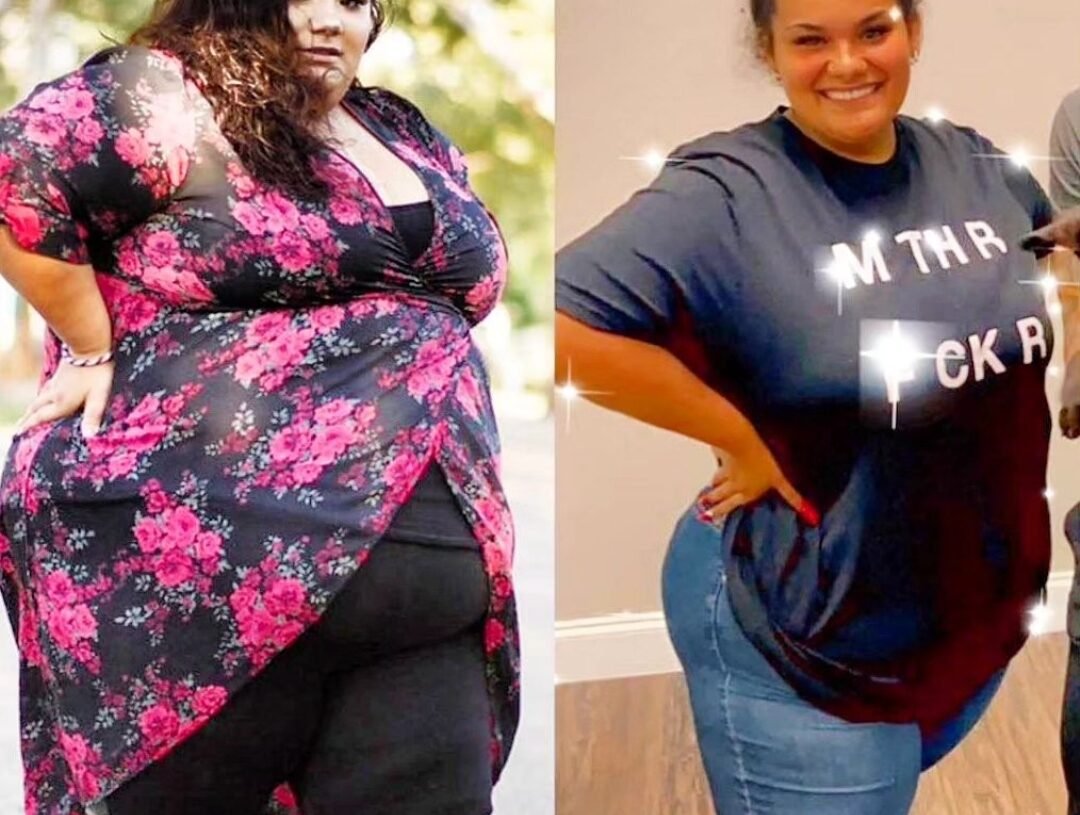Weight Loss Guide for Beginners – Step-by-Step Meal Plan

Embarking on a weight loss journey can be both exciting and challenging. A well-structured meal plan is crucial to ensure you meet your goals in a healthy and sustainable manner. This guide will walk you through a step-by-step meal plan tailored for beginners looking to lose weight.


Understanding the Basics of Weight Loss
Before diving into the meal plan, it’s essential to understand the basics of weight loss:
- Caloric Deficit: Weight loss occurs when you consume fewer calories than your body expends. This deficit forces your body to use stored fat for energy.
- Balanced Diet: A balanced diet that includes a variety of nutrients is crucial for maintaining health and energy levels while losing weight.
- Regular Exercise: Combining a healthy diet with regular physical activity enhances weight loss and overall health.



Step-by-Step Meal Plan for Beginners
Step 1: Determine Your Caloric Needs
To create an effective meal plan, you need to determine your daily caloric needs. This can be done using online calculators that factor in your age, gender, weight, height, and activity level. Aim for a caloric deficit of 500-1000 calories per day to lose about 1-2 pounds per week, which is considered a healthy and sustainable rate.


Step 2: Macronutrient Distribution
A balanced diet typically consists of:
- Protein: Essential for muscle repair and growth. Aim for 20-30% of your daily caloric intake.
- Carbohydrates: Provide energy, especially for physical activity. Aim for 45-65% of your daily caloric intake, focusing on complex carbohydrates.
- Fats: Necessary for hormone production and nutrient absorption. Aim for 20-35% of your daily caloric intake, focusing on healthy fats.

Step 3: Plan Your Meals
A typical day’s meal plan might look like this:
Breakfast
- Option 1: Greek yogurt with berries and a handful of nuts.
- Option 2: Oatmeal topped with banana slices and a teaspoon of almond butter.
- Option 3: Scrambled eggs with spinach and a slice of whole-grain toast.

Mid-Morning Snack
- Option 1: An apple with a tablespoon of peanut butter.
- Option 2: A small handful of almonds.
- Option 3: Carrot sticks with hummus.

Lunch
- Option 1: Grilled chicken salad with mixed greens, cherry tomatoes, cucumber, and olive oil vinaigrette.
- Option 2: Quinoa bowl with black beans, corn, avocado, and a squeeze of lime.
- Option 3: Turkey and avocado wrap using a whole-grain tortilla, served with a side of mixed veggies.

Afternoon Snack
- Option 1: Cottage cheese with pineapple chunks.
- Option 2: A protein shake with a scoop of protein powder, almond milk, and a handful of spinach.
- Option 3: A small portion of trail mix (nuts and dried fruits).

Dinner
- Option 1: Baked salmon with a side of steamed broccoli and quinoa.
- Option 2: Stir-fried tofu with mixed vegetables and brown rice.
- Option 3: Lean beef stir-fry with bell peppers, served over a bed of cauliflower rice.

Evening Snack (Optional)
- Option 1: A small bowl of mixed berries.
- Option 2: A few squares of dark chocolate.
- Option 3: A small serving of air-popped popcorn.


Step 4: Grocery Shopping and Meal Prep
To stick to your meal plan, prepare by grocery shopping once a week. Buy fresh, whole foods and avoid processed items. Meal prepping can save time and help you avoid unhealthy choices. Cook in bulk and store meals in portion-sized containers.

Step 5: Stay Hydrated
Water is essential for weight loss. It helps regulate your metabolism and keeps you feeling full. Aim for at least 8 glasses of water a day. Herbal teas and infused water can add variety.

Step 6: Monitor Your Progress
Keep track of what you eat using a food diary or an app. Regularly monitor your weight and adjust your caloric intake as needed. Remember, weight loss is a gradual process, and consistency is key.

Tips for Success
- Avoid Skipping Meals: Skipping meals can lead to overeating later. Eat regular, balanced meals.
- Mindful Eating: Pay attention to what and when you eat. Avoid distractions during meals.
- Portion Control: Be mindful of portion sizes. Use smaller plates if necessary.
- Healthy Swaps: Replace unhealthy foods with healthier alternatives. For example, choose whole grains over refined grains.
Conclusion
Losing weight as a beginner requires a well-thought-out plan that includes balanced meals, regular exercise, and consistent monitoring. By following this step-by-step meal plan, you can create a sustainable routine that supports your weight loss goals while maintaining overall health and well-being. Remember to consult with a healthcare professional before starting any new diet or exercise program.

